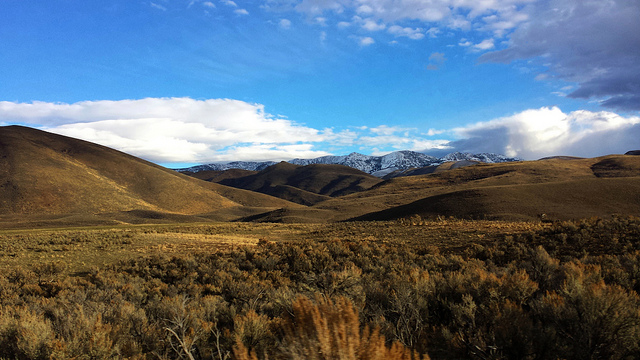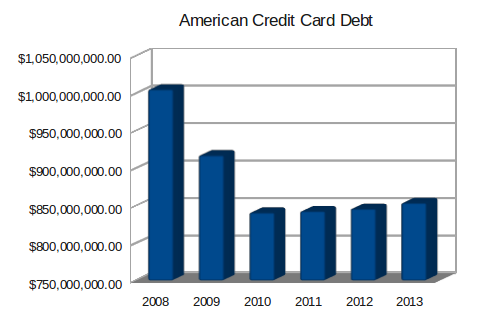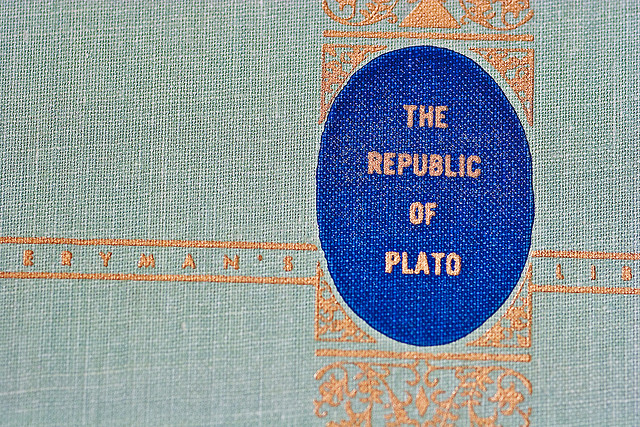10 Ways the Free Market Protects the Environment
Rangelands include shrublands, woodlands, wetlands, and deserts that are grazed by domestic livestock or wild animals, including cattle, sheep, and bison. Rangelands are managed with practices such as “managed grazing” and “prescribed fire,” rather than agricultural practices like seeding, irrigation, and fertilizer use. In the US, about 400 million acres are privately owned. The remaining 262 million acres are managed by the Bureau of Land Management or the US Forest Service, and may be leased to ranchers for grazing. In the cattle ranges of the American west, the growing value of the herds led to evolution of property rights, privatization of the plains, and more efficient markets. Stewardship of private ranges has protected them (and the endangered bison), as valuable assets, from the degradation attendant to their former status as commons. In the Amazon region of Brazil, cattle ranchers have been responsible for over three-quarters of forest loss, and so have a poor reputation. But with recognition of the problem and evolution of stronger property rights, ranchers have begun to take a lead in conservation and good pasture management practice.







